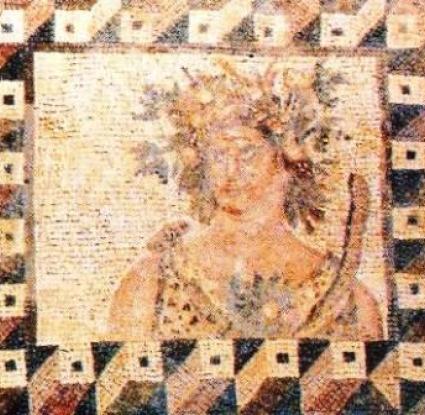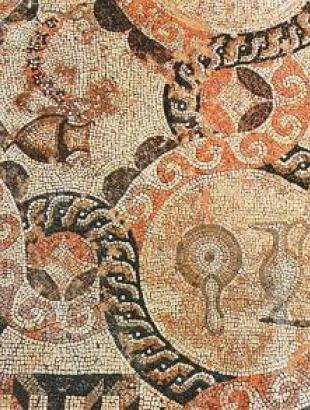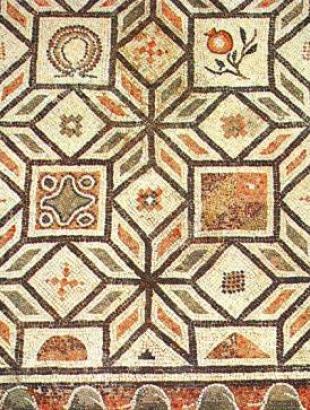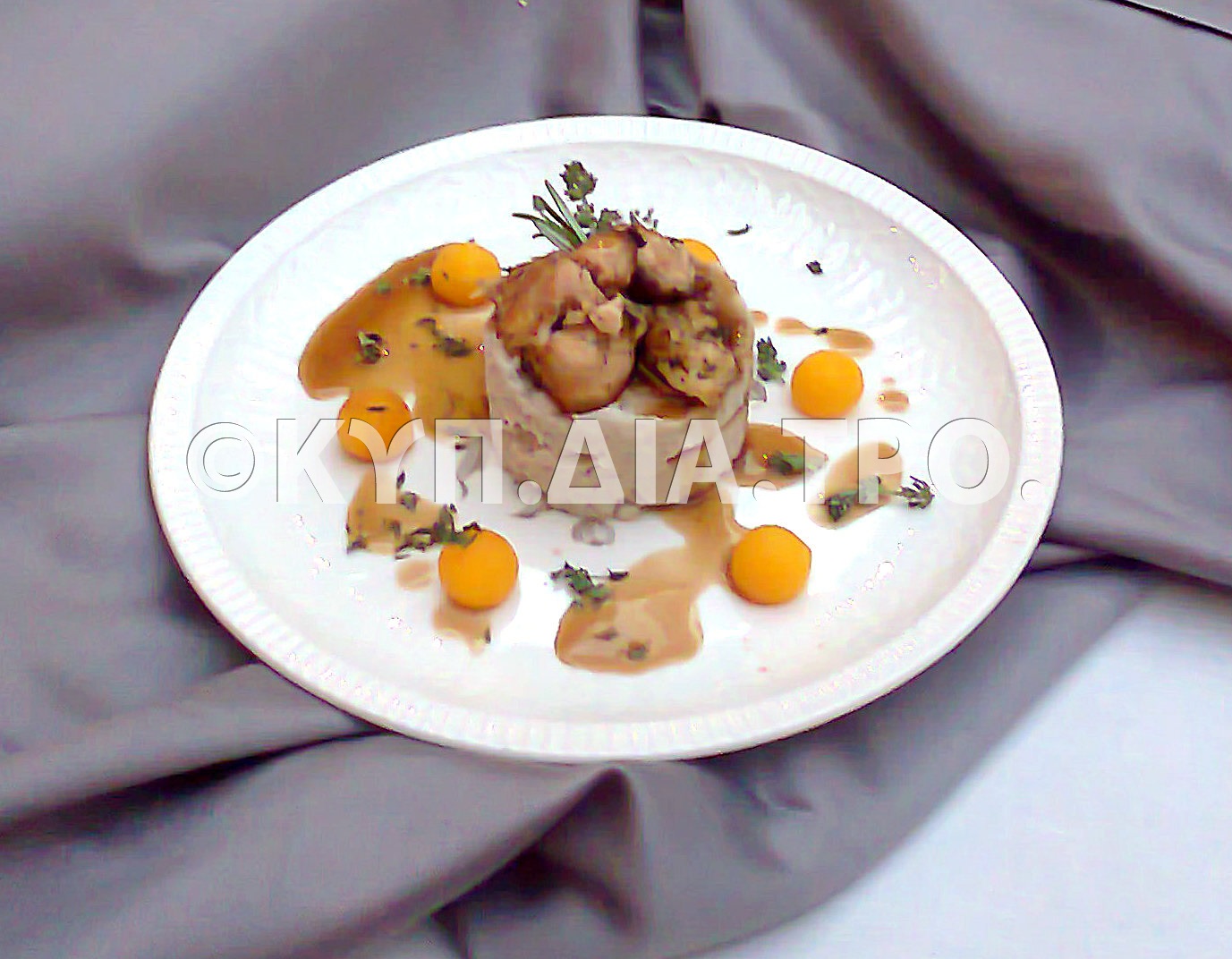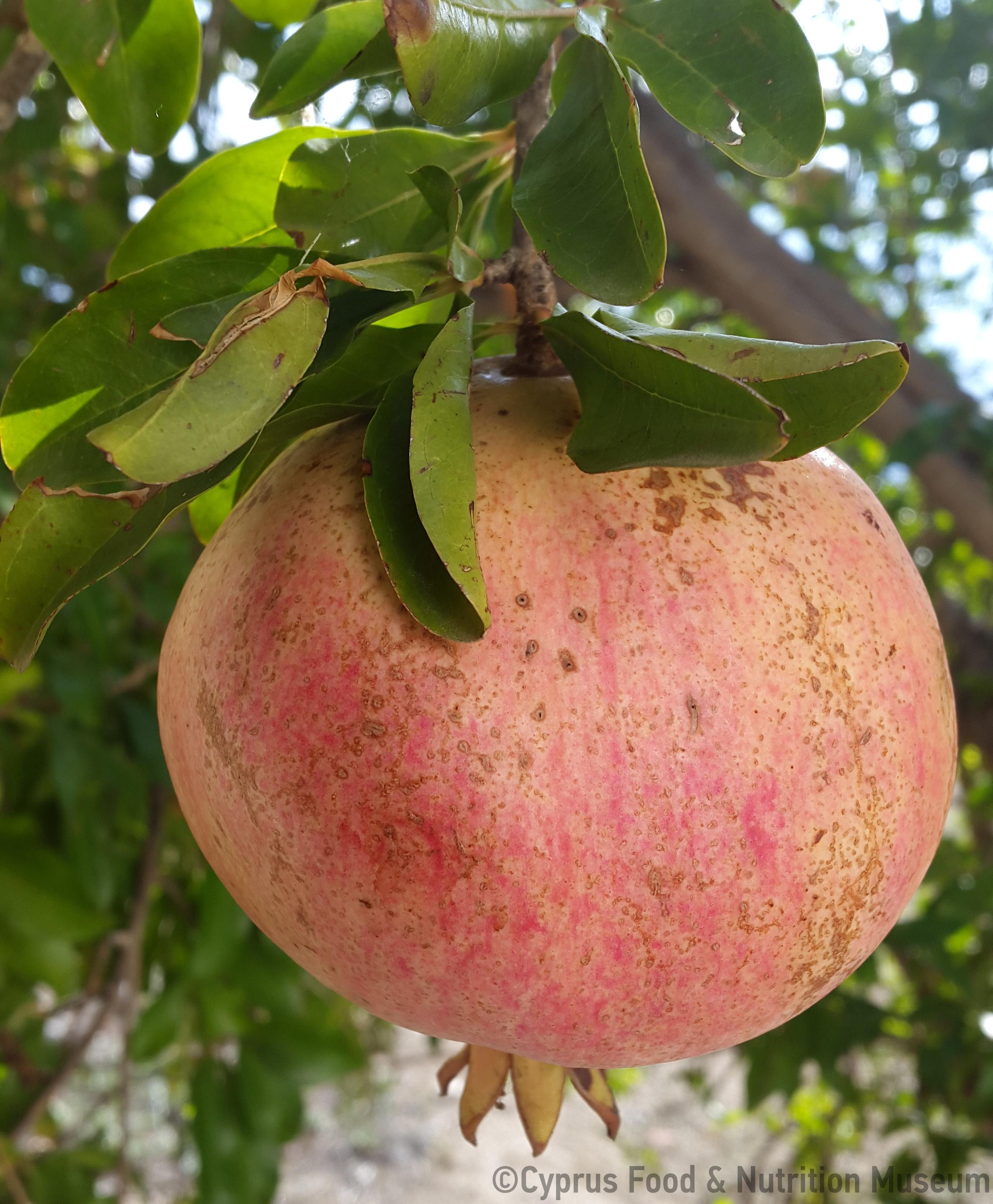Pomegranates as well as doves are associated with worshipping goddess Aphrodite (Venus).
Name - Origin
Functional and symbolic role
It is not certain what place pomegranates held in the Cypriot diet, but it is possible that they were consumed on various occasions as they were directly linked to the worship of Aphrodite. According to the record of Clearchus of Soli in his 'On Riddles', pomegranates were consumed as a dessert (see Supplementary Information).
Pomegranates are associated with the worship of Aphrodite. According to the myth, the pomegranate tree is the one and only tree planted by the goddess in Cyprus (Athenaeus, Dipnosophistae 3.84). Pomegranates are also considered a symbol of fertility (Michaelides 1998, 34).
Additional information and bibliography
There are two references to pomegranates in relation to Cyprus in the work 'Dipinosophistae' by Athenaeus (2nd-3rd century AD). Athenaeus quotes passages from other writers’ texts. The Athenian poet Eriphos (3rd century BC) mentions the pomegranates of Cyprus in his work 'Meliboia'. He mentions the myth according to which the pomegranate is the only tree planted by Aphrodite in Cyprus (Athenaeus, Dipnosophistae 3.84). The second reference comes from the Cypriot writer Clearchus of Soli and his work 'On Riddles' in which he records pomegranates among other foods and dishes, as desserts (Athenaeus, Dipnosophistae 14.649a). Pomegranates are also depicted in four mosaics in Nea Paphos. Three of the mosaics are in the 'House of Dionysus' (2nd-3rd century AD) and the fourth mosaic in the 'House of Aeon' (4th century AD). House of Dionysus: 1.Representation in the 'Four Seasons' mosaic. The personified 'Spring' holds flowers and a pomegranate in her hands. The original surviving pieces of the mosaic are very few; the mosaic that survives today is the result of a restoration (Kondoleon 88-89). 2. Geometric mosaic in which, in addition to geometric shapes, eleven frames depict objects and tools of everyday use, including a tray with three pomegranates and a basket full of grapes (Michailides 1989, 30-31; Kondoleon 1995, 121,129). The motif as well as the use of the room as a place for gathering and feasting is confirmed by the room on the east side which is decorated with a mosaic depicting the myth of Ganymede (the cupbearer of the gods) (Kondoleon 1995, 119,143-146). 3. Geometric mosaic on which squares are formed. A pomegranate and a bunch of grapes on a white horizon are depicted within the squares (Kondoleon 1995, 51,53). House of Aeon: Mosaic representation of the ritual procession of the young Dionysus in the 'House of Aeon'. A small satyr offers Dionysus a tray of grapes, a pomegranate and an apple (Michaelides 1989, 68-69; Michaelides 1992, 62-63).
Athenaeus, Dipnosophisae 3.84 in Gulick, C.B. ed. (1969) Athenaeus-The Deipnosophists, Loeb Classical Library vol.1. Cambridge: Harvard University Press, 362-363
Athenaeus, Dipnosophistae 14.649a in Gulick, C.B. ed. (1980) Athenaeus-The Deipnosophists, Loeb Classical Library vol.6. Cambridge: Harvard University Press, 506-507
Kondoleon, C. (1995) Domestic and Divine: Roman Mosaics in the House of Dionysus. Ithaca: Cornell University press
Michaelides, D., Daszewski W.A. (1989) Οδηγός Ψηφιδωτών Πάφου, Bank of Cyprus Cultural Foundation/Department of Antiquities of Cyprus.
Michaelides, D. (1992) Cypriot Mosaics. Nicosia:Cyprus Department of Antiquities, 24-25
Michaelides, D. (1998) 'The Food in Ancient Cyprus' in Lysaght, P. Food and the Traveller-Migration, Immigration, Tourism and Ethnic group, Nicosia: Intercollege Press, 34
Natassa Charalambous

